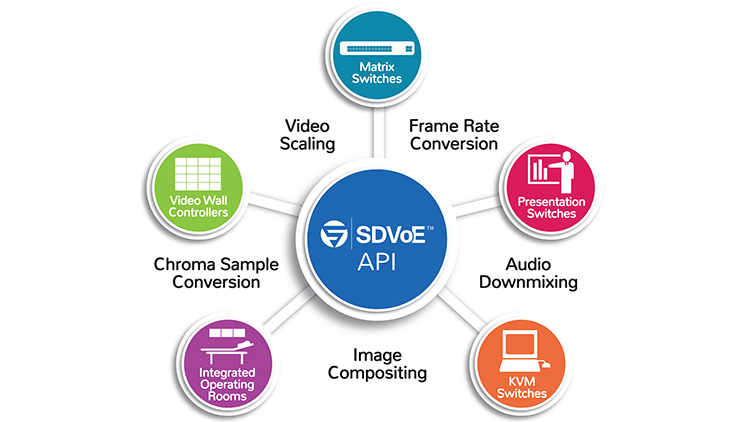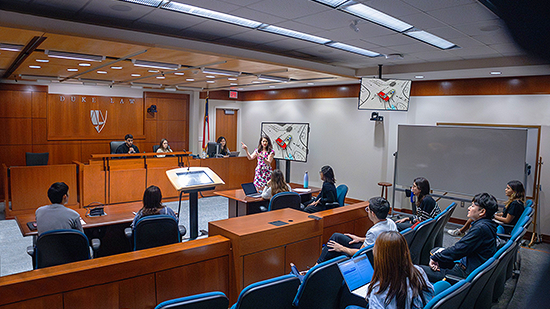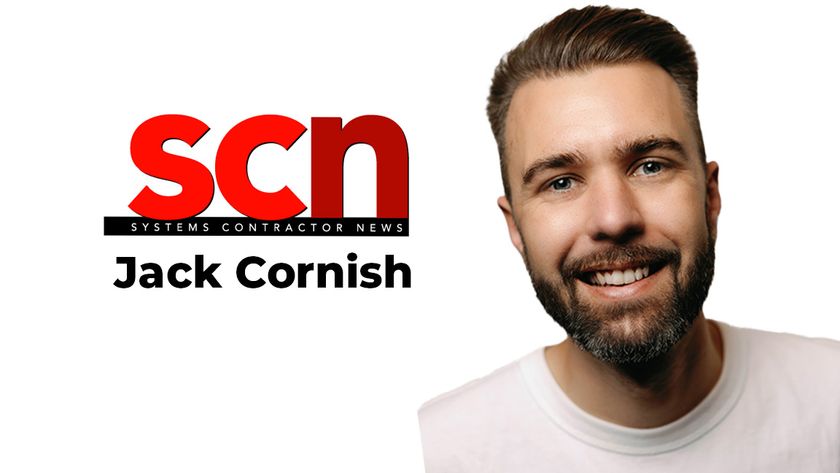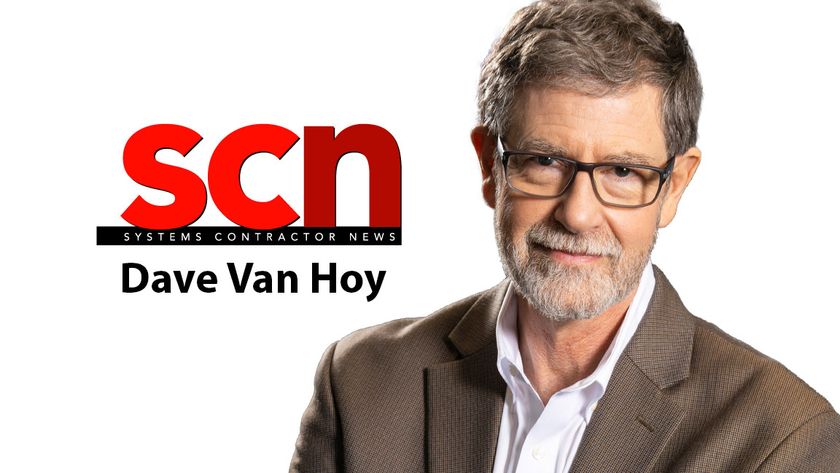Mark February 7, 2017 on your calendar. That is when the new Software Defined Video over Ethernet (SVDoE) Alliance debut at Integrated Systems Europe 2017 (ISE 2017), the industry conference taking place in Amsterdam February 7-10, 2017. The Alliance, which is dedicated to standardizing the delivery of AV-over-IP networks, will precede this event by revealing the big name manufacturers who have joined the SDVoE at some point in January, 2017. SDVoE’s introduction at ISE 2017 will also see it stage the first-ever SDVoE training session details.
“We have a real breadth of manufacturers backing our efforts to standardise the transport of AV-over-IP,” said Justin Kennington, the SDVoE Alliance’s spokesperson (and AptoVision’s director of strategic and technical marketing). “We have display manufacturers, Ethernet switching vendors, and chipset builders; among others,” he noted. “All are onboard with the Alliance’s efforts to create a standardized hardware and software platform for AV-over-IP transport.” Founding members can be viewed here.
In spearheading the drive for a standardized AV-over-IP architecture, the SDVoE Alliance wants to complete AV’s long march from circuit-switched to IP-based transport. According to the Alliance, professionally produced audio/video content is the last major holdout when it comes to embracing IP video distribution. And the issue isn’t just using a standardized format for packaging AV-for-IP transportation: The AV industry also needs a standardized AV-over-IP API (application program interface)—to provide a standard control interface for configuring, controlling, and switching all AV over IP devices. The SDVoE Alliance refers to this the ‘SDVoE API’.
In seeking these goals, the SDVoE Alliance wants its AV-over-IP standard to ensure reliable video delivery over Ethernet with zero latency issues; no matter what IP transport equipment and connections are used. But flexibility is also a priority, as is the ability for such AV-over-IP systems to adapt, change, and grow as needed with a minimum of time, cost, and effort. This includes being able to handle 4K video, plus higher resolutions as they become common—because they inevitably will.
On a strategic level, the SDVoE standardized AV-over-IP approach moves the AV industry away from costly proprietary matrix switches to low-priced generic Ethernet switches and allows system builders to focus on outstanding user-facing applications rather than complex system control firmware. The immediate benefit from this change is lower equipment and control costs. But moving AV-over-IP using commodity-priced hardware/software also offers users the chance far more flexibility and scalability than they are accustomed to – and opens the door to new and unimagined AV playout and distribution possibilities.
“It wasn’t until the smartphone and its range of capabilities were generally standardized on Android and iOS that innovative apps like Uber became possible and practical,” said Kennington. “We envision the standardization of AV-over-IP as opening up a similar realm of possibilities. But this can’t happen while we are still using different and incompatible AV over IP solutions: It is time for the AV industry to take the logical step to standardization, to make this future happen.”
The equipment reach of SDVoE standardization is breathtaking. It includes everything from matrix switchers, AV signal processing and content transport to network distribution, HD/4K displays, and playout servers. Standardizing AV-over-IP also spells the end to dedicated cables. Just plug the new SDVoE-defined AV equipment into the SDVoE-defined network, and it will work, no matter which vendors’ equipment is in use.
Of course, coming up with a standardized AV-over-IP architecture requires serious cooperation between competing companies. In turn, that won’t happen unless enough of them decide to publicly pledge their participation in the SDVoE Alliance. Otherwise the pressure for everyone to take part in the standardization push won’t exist, and it could fail.
This is why the announcement of the SDVoE’s founding members at ISE 2017 is much more than mere ceremony: It will establish the Alliance’s credibility within the global AV industry, at one of the industry’s most important and influential annual events.
Right now we are very focused on the ISE 2017 launch,” said Kennington. “But once the world sees who is backing the SDVoE Alliance, I expect the serious work to begin. This is when we start to turn our goals into action, and bring AV over IP to the next stage of its evolution, which is standardization. Once we do that, the real possibilities of AV over IP will become apparent, and move towards becoming real.”
For those wanting to keep tabs on the SDVoE Alliance’s efforts in the run-up to ISE 2017 and afterwards, go to www.sdvoe.org. The site includes information about software defined video over Ethernet itself, the SDVoE Alliance, upcoming related events, and news stories published about the SDVoE Alliance and its efforts.












